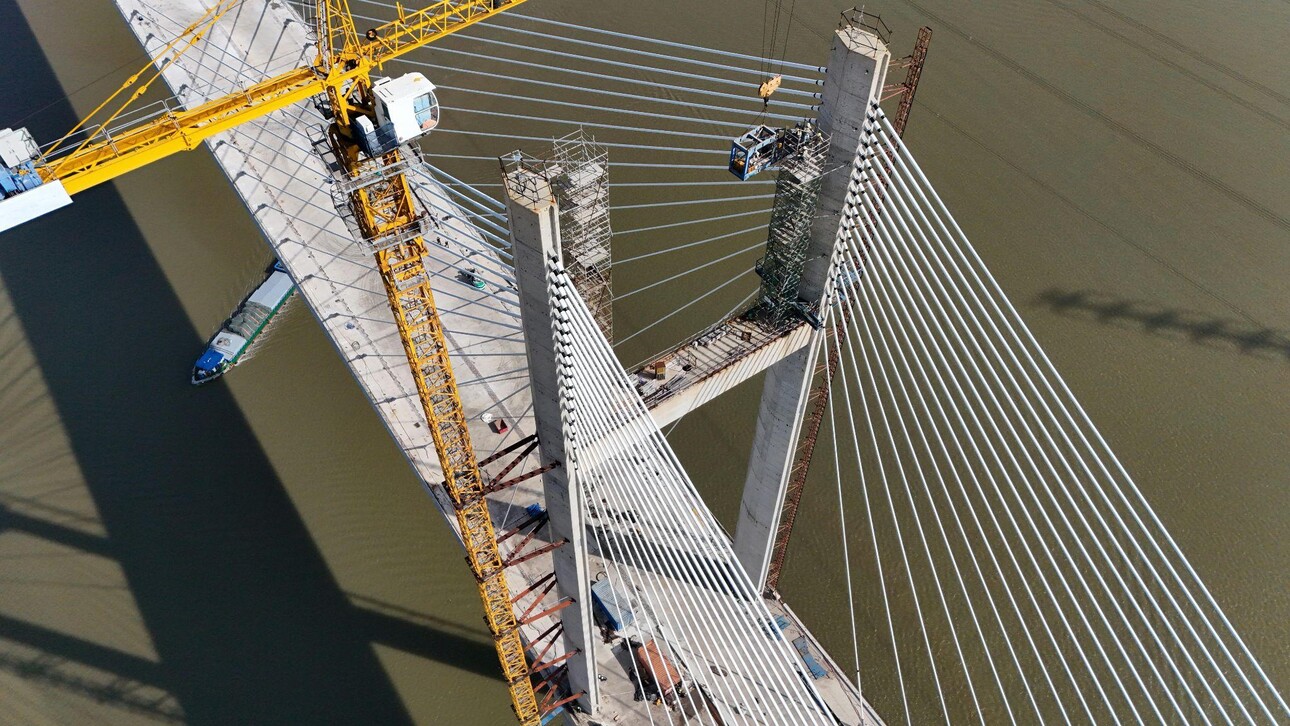
Georeferencing plays a central role in cartography and spatial data processing. This technique makes it possible to associate any information or image with precise geographical coordinates so that the information can be used in a spatial context.
From the management of urban networks to satellite imagery, georeferencing is used in many scientific and technical fields, as well as in everyday life. To explore its real utility and practical applications, we need to detail the principles, tools used and practical examples.
Basically, georeferencing is used to position an object, data item or map in space using well-defined coordinate systems. Information referenced in this way becomes comparable, shareable and usable in different mapping projects. This method makes it possible to match different sources of geospatial data, even if they come from different formats or media.
By linking each point on a graphic medium (image, map, aerial photograph) to geographical coordinates, georeferencing not only guarantees the spatial fidelity of cartographic representations, but also plays a key role in the visualisation and analysis of phenomena on the surface of the globe.
To fully appreciate the benefits of georeferencing, it is essential to take a closer look at the concepts that govern this practice: the use of coordinate systems, understanding map projections and mastering geographic information systems (GIS).
Linking pixels to real coordinates using ground control points
The use of mathematical models to transform images to match geographical reality
Integration into GIS platforms and tools to make full use of these datasets
Coordinate systems provide an essential frame of reference for locating every element in space. Between latitude, longitude and altitude, they enable precise spatial positioning. The use of different types is explained by the diversity of needs in different regions or disciplines: some favour local precision, while others are more useful for global scales.
The ongoing adaptation of these systems makes it easier to combine data sets from different sources. For example, integrating local topographic surveys with satellite maps becomes easy by harmonising their respective coordinate systems.
Cartographic projection transforms a curved surface, that of the Earth, into a flat representation suitable for reading and analysis. This process inevitably creates certain distortions, whether in terms of distances, surfaces or shapes. Choosing the right projection depends on the purpose of the map and the area concerned.
Common projections include the Mercator projection, used for maritime navigation, and the Universal Transverse Conformal Mercator (UTM) projection, used for topographic mapping. Each has its own advantages, depending on the needs of the project.
Geographic information systems (GIS) have become essential for storing, processing and visualising geographic data. They facilitate the superimposition, comparison and analysis of multiple layers of data, with georeferencing as the backbone.
These tools enable everything from conversion between different coordinate systems to dynamic updating of geographic databases. The addition of attribute information enriches the analysis, opening the way to advanced uses such as urban planning, natural resource management and risk prevention.
Network geo-referencing covers the precise location and optimised management of a wide range of infrastructures: roads, electricity networks, water supplies, as well as telecommunications and gas distribution. Without exact spatial references, managing their maintenance or coordinating worksites would be complex, if not impossible.
With a simple click on an interactive map, it's easy to identify faults or plan work quickly, minimising service interruptions. In many towns and cities, centralising geo-referenced data now represents a real efficiency booster for public or private managers.
Urban mapping takes full advantage of network georeferencing. By cross-referencing road information with that relating to underground installations, decision-makers can anticipate the work required and reduce inconvenience to the public.
What's more, when new infrastructure is being built, having a reliable database reduces the risk of collision between different underground networks and encourages rational planning of public spaces.